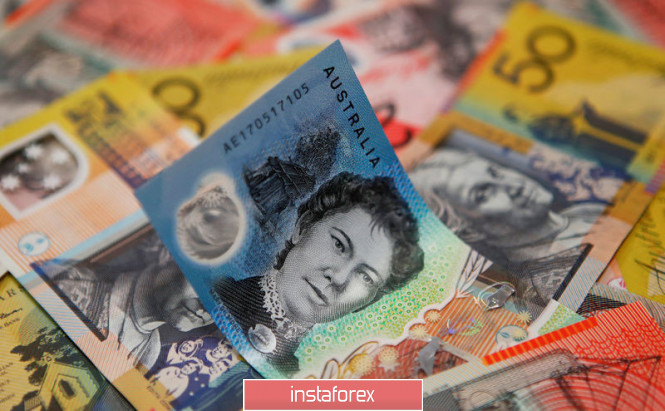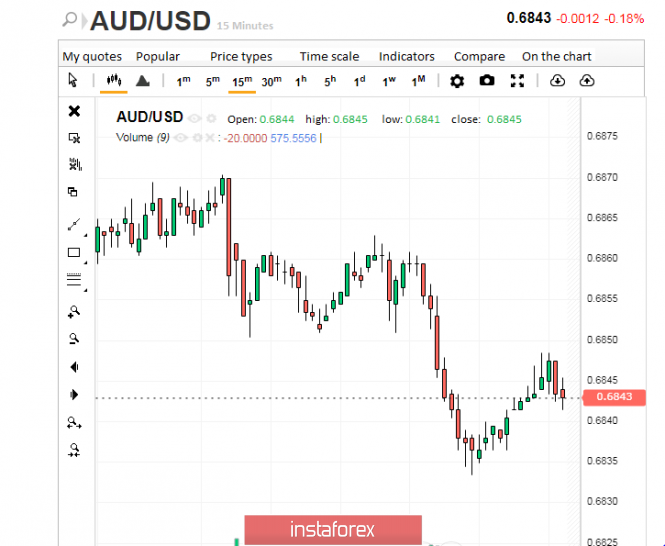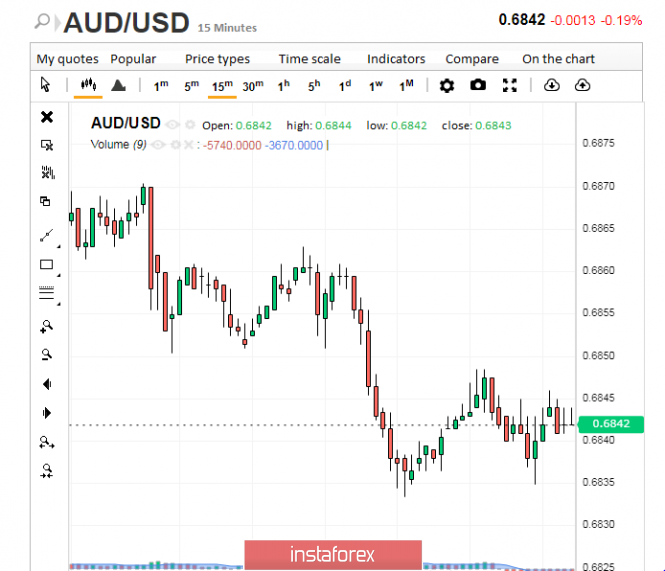
The Australian currency may stop in its movement following a short growth, analysts said. They record a slowdown in the upward trend of the aussie.
Analysts consider the reason for the previous rise in the Australian dollar to be an increase in risk appetite from investors. Thanks to this, many commodity currencies, such as the Australian, New Zealand and Canadian dollars, were able to grow.
The external background at the moment is far from stability: passions around Brexit are heating up, and the further trade truce between the US and China is also in doubt. Investors who expect to sign a comprehensive trade agreement between the two powers may be disappointed. The obstacle is a number of unresolved disagreements on issues such as protecting intellectual property and subsidizing agricultural producers in China. The United States is also in no hurry to cancel or reduce tariffs on Chinese goods worth $360 billion. Experts consider the measures taken by the parties earlier as insufficient in easing tensions and boosting the global economy. The current situation negatively affects the growth of commodity currencies, primarily the Australian dollar.
The AUD/USD pair is supported by a number of positive macroeconomic data from Australia last week. A slight strengthening of the aussie contributes to the weakening of the American currency. According to statistics, last month the unemployment rate in the country fell to 5.2% from 5.3% marked in August, and the indicator of consumer confidence increased by 0.6%. At the same time, experts from the International Monetary Fund (IMF) worsened the outlook for the Australian economy. This caused concern among investors, who counted on further growth of the Australian currency.
Many economists expect Australia's labor market to sag and core inflation to come soon. They believe that in the event of such a development, the Reserve Bank of Australia (RBA) will respond by lowering rates to 0.25% at the beginning of next year, as well as by launching a quantitative easing (QE) program.
Over the past three weeks, the AUD/USD pair has shown moderate growth. According to experts, the pair is now in a long-term downward trend. On Tuesday, October 22, the AUD/USD pair was trading in the zone below the key resistance level of 0.6950. On Wednesday morning, October 23, the pair fell to the levels of 0.6843-0.6844.

According to analysts, the AUD/USD pair performed the first wave of decline to the level of 0.6837 today. They admit the possibility of correction to the level of 0.6855, and subsequently - subsidence to 0.6811.
A further target for the AUD/USD pair is at the support levels of 0.6260 and 0.6000, which are the lows of 2008-2009. Currently, the pair is trading within 0.6841–0.6842, demonstrating a tendency to stagnation. The pair is in no hurry to leave the current price range, and this drop complicates further forecasts on the dynamics of the aussie, analysts said.

